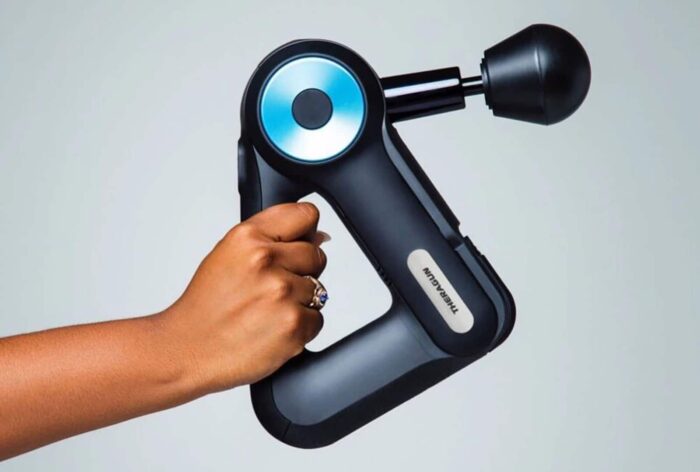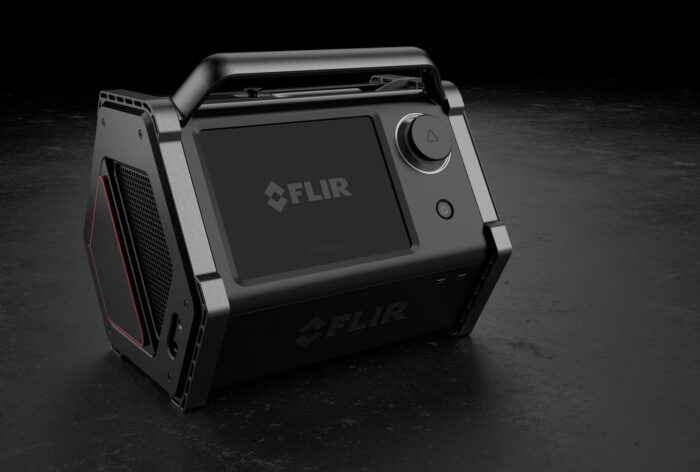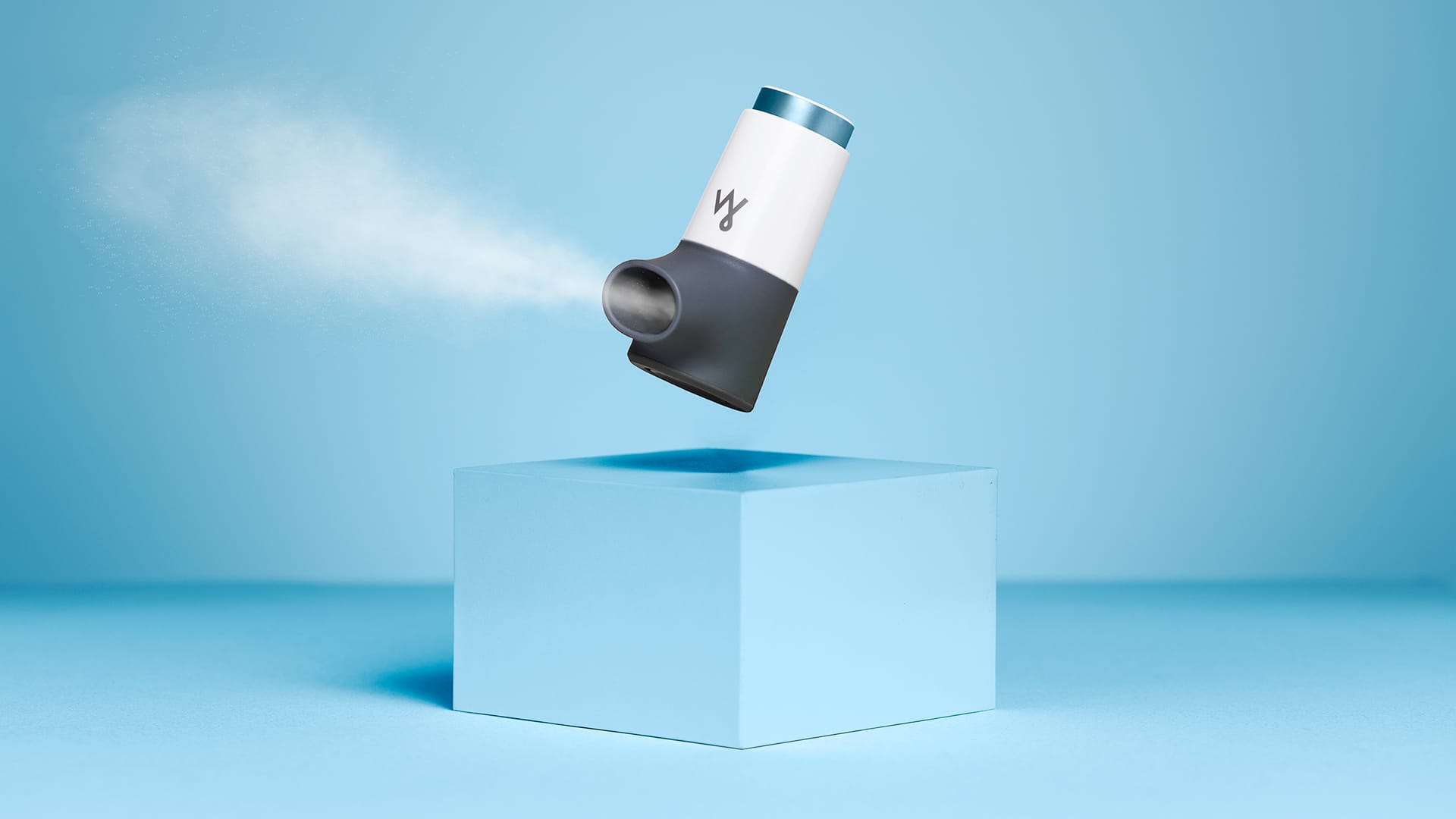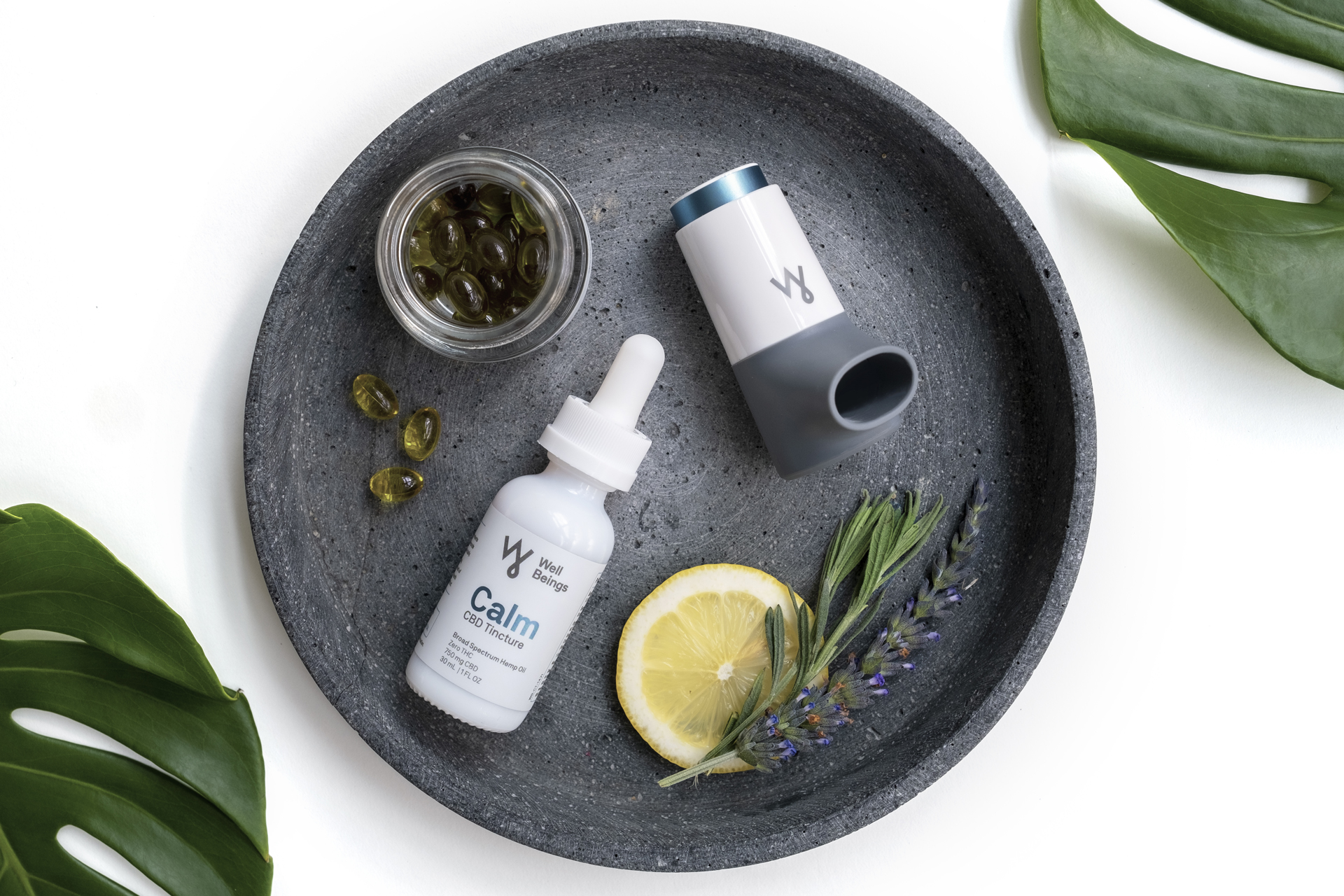MINIMAL has grown into a powerhouse of a design studio running the gamut of product innovation and product consultation to continually meet their own challenges and those of their customers. We learn more from the Chicago-based design team, how their goals have shifted over the years and how KeyShot has helped along the way.
Modeling software used: Rhino
MNML.com
How has MNML shifted goals or grown as a product dev company over the years?
MINIMAL has always been an agency with an entrepreneurial spirit. Over the past twelve years, we have launched five new companies from within the walls of our Chicago home. Each new venture has broadened our skills and deepened our resolve to be makers as well as consultants.
With the experience of multiple self-incubated startups under our belt, our goals as a venture design firm continue to evolve and the mix of consulting vs. creating is something we discuss frequently. We believe the experience we gain through consulting and running our own startups help our company evolve, and ultimately benefit both sides of our business.
What’s unique about the design process or approach to a project at MINIMAL?
Developing and manufacturing our own products has had a significant influence on our design process. If we’re working on a project that intends to ship, (i.e., it’s not a future vision or VBL project) the design and engineering teams are integrated even in the early stages to ensure we end up with ideas that are primed to transition to manufacturing without the challenges caused by throwing a design over the wall to a client. We’re proud of the fully realized and uncompromised designs we’ve shipped because of this tight integration.
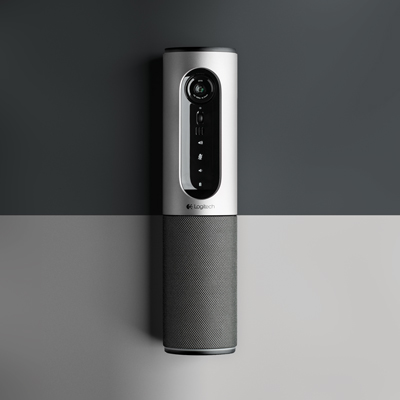 What is the primary 3D modeling software at MINIMAL?
What is the primary 3D modeling software at MINIMAL?
If we’re being forced to pick one, we’re mostly Rhino users with a few using SolidWorks as their primary tool. We have plenty of other CAD packages and plugins for special situations.
Where in your process is KeyShot used?
We can use KeyShot at almost every point, from early concept renders, to the advanced stages for final product renders. Speed and process efficiency are essential in our industry and with KeyShot we get quality concept renders without investing unnecessary time on complicated setups but when CAD screenshots or sketches won’t suffice. On the opposite end of the spectrum, we’ve also utilized KeyShot for the final product and production imagery. And when it comes to making things hyper-real we love sweating the details and the ability to fine-tune materials and environments, combined with its ease of use, makes Keyshot stand out from other packages.
What are some projects KeyShot has been used on?
We’ve used KeyShot on tons of projects lately. We created nine brands for a large client recently and every SKU for every packaging design was visualized through KeyShot during the process. That’s over 50 unique packaging designs and growing. We rarely showed flat designs; once we started showing the designs rendered, there was no going back. KeyShot’s command of labels was crucial to streamlining that workflow.
How has KeyShot helped save time, money or improve quality?
KeyShot’s core strength is its speed and flexibility. Designers can jump into the program and quickly generate a range of ideas, then use the same scenes to create final renders with photorealistic lighting and textures. The latest generations have really stepped up the materials and shadow quality, and small improvements like Multi-Materials and Material Graph offer significant time savings over some of our other programs.
The two biggest time-saving features that KeyShot excels at are applying labels and the network renderer/queue. Labels are so much easier to map and arrange in KeyShot than other rendering packages. As we mentioned, this has been a major time saver for our packaging work. No need to mask or pull your hair out playing around with the mapping. The network renderer/queue has also been a big asset, allowing us to ship off renders as soon as they’re set up, and get back to working on the next one while it renders in the background. We can iterate quickly without investing a ton of time waiting for each render to finish. Instead, our farm does the work for us.
By streamlining our rendering workflow, KeyShot frees up more time to design, iterate and strategize, which ultimately translates to better products.
What advice would you give to others interested in product design and development?
Other than improving your core skills like sketching, modeling or rendering, we want our designers to be proactive and good teammates. Support the people around you, learn from each other and do what it takes to make the project a success, whatever that is.
Always look to get outside your comfort zone. Both subject matter wise and skill-wise. Remain curious. Flex your hustle and experiment. Work on the widest range of projects you can. Make it a goal to be cross-fit in design. Polymath designers will be the most valuable to knowledge-based organizations in the future. Everything you work on will inform something else, even if the connections are not obvious at the time. Some of MINIMAL’s best work came from an idea, connection or technology in a distant or adjacent product category.
Surround yourself with the best designers and inspiration you can. You’ll learn just by being in the same room. Work with designers and engineers you admire. Collect inspiring products and objects. Work in a space that makes you want to design. It is so much easier to find great inspiration now than it was even 10 years ago, there’s really no excuse.



